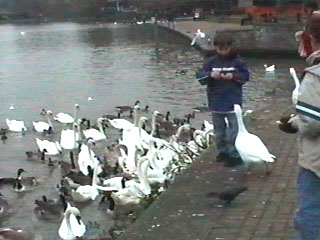
 |
Geese, swans, ducks, pigeons and seagulls, all fighting for pieces of bread along the Avon River. These pictures are from Bancroft Gardens. It's a place originally used by the towns people to graze their livestock. It is located at the end of a canal built in 1816 that connects to larger city of Birmingham. |
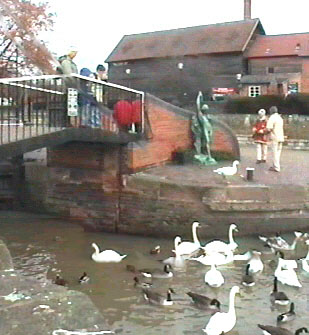 |
Cheryl and the boys are looking over the bridge at the starting point of the canal. On the other side of the bridge is a lock gate that rises about six feet into the canal. The lock gate uses a simple operation that hasn't change since it was built. |
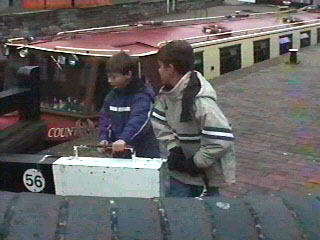 |
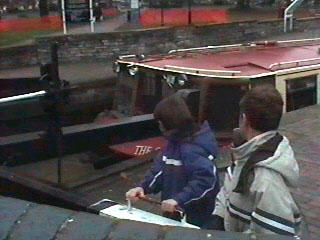 |
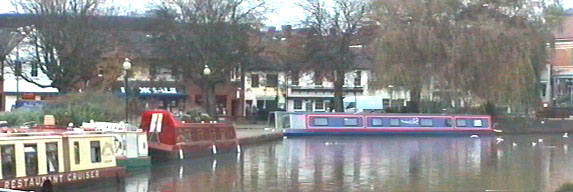
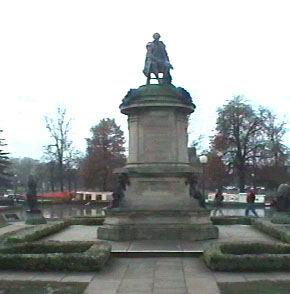 |
Around the canal basin is a nice floral garden, (though
it was not very impressive on this dreary November day). Stratford-upon-Avon
is the birthplace of William Shakespeare.
Inscribed on this statue of Shakespeare is: "Life's but a walking shadow, a poor player that struts and frets his hour upon the stage and then is heard no more." |
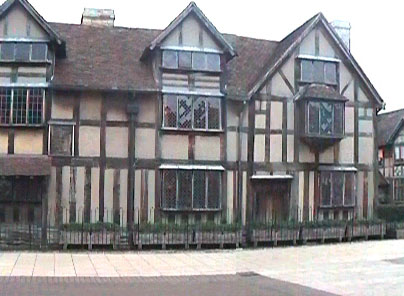 |
Shakespeare's home is a popular tourist attraction. We were satisfied with a look at the exterior of the building. This building, like many others in England, is built from timbers and filled in with some sort of plaster. Some of the older building, (and I don't mean from the 1900's,) have timbers that sag and warp as much as twelve inches. |
| Unlike communities in the United States, most towns and cities in Europe have very few supermarkets, (though Stratford-upon-Avon did have a Safeway on its outskirts.) Most shopping is done at small specialty stores. These shops, which appear to be family owned, are just as interesting to visit as the any "tourist attraction." Here, Mitch had noticed the different style of keys at the local Iron Monger, (hardware store.) | 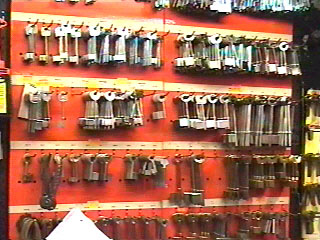 |
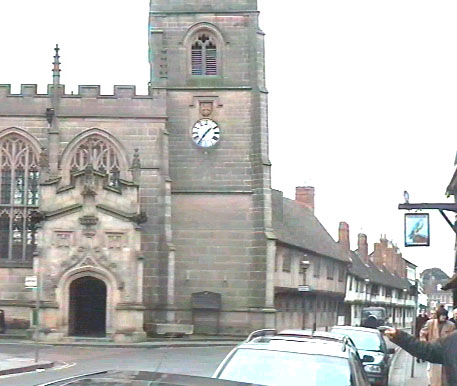 |
We were so occupied looking at all of the sites and shops
in town that when we came to the Guild Chapel I suddenly remembered it
was time to put some more money in the parking meter across town.
So Cheryl stayed to look further and I headed off to feed the meter.
This chapel, founded in 1269, by the fraternity or Guild
of the Holy Cross, was already in existence in 1269, when the Bishop of
Worcester granted a license to the Brethren of the Guild to build a Chapel
and to found a hospital for the poor priests in the diocese. The
present chapel is original, but the nave and tower were add in the fifteenth
century, (sounds funny -- "new construction" in the 1400's.).
|
One interesting note about the school -- while Ed was feeding the meter, Mitch and Cheryl walked by the school next to the chapel. Classes were just getting out and the sidewalk was full of boys, (no co-ed here). They were all wearing white shirts, striped neckties and navy blue blazers with insignias of the school on the breast pocket -- just like you see in the movies.
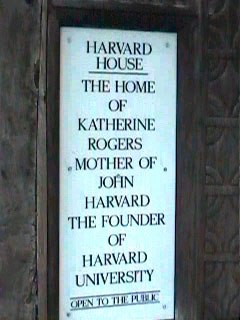 |
As we walked back from the Ticket Collection office,
(that's right, Ed was too late getting to the meter,) we noticed this plaque
on the side of a building. I guess with so many centuries to gather
history it's more common to see things like this, than in the U.S., (especially
the western half.)
As we were driving in London, Cheryl spotted a plaque on a house that stated it was the home of Alfred Hitchcock. |
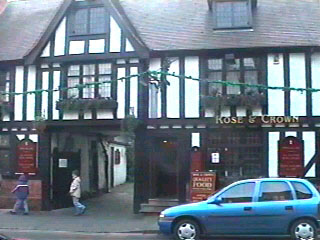 |
This pub, the original Rose and Crown was next to town hall. It was in the late 1850's that the original hostelry closed and the name transferred to an inn on the present site, (formerly known as the Green Dragon.) Due to a fire which burnt down most of the property on Sheep Street, (and a lot of the town's records), records for the present property do not go back further than 1596. |
I know that nobody really cares about all of this, it's just that we find it very interesting that these buildings are so old and that ownership can be traced so far back.
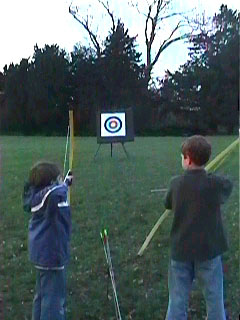 |
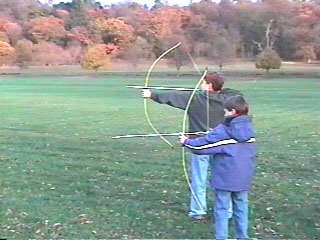 |
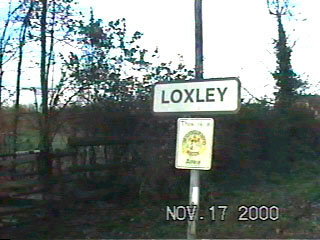 |
After all, we were just 5 km from Loxley. (Yes, as in "Robin of Loxley") |
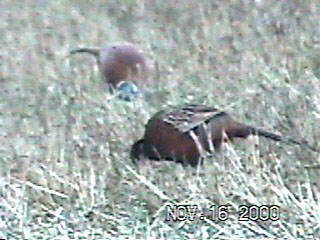 |
Now that's tempting, how about an English pheasant for dinner? Our apartment was about a mile off of the main road through fields. One day we saw nothing but rabbits -- there were rabbits everywhere. Another day it was deer -- there must have been two or three dozen deer. The next day it was pheasant -- thirty or forty of them. It seemed strange that we didn't see a mix of these animals on any one day. |
|
|
|
|
Next Adventure (Scotland) |
ã copyright Nodland 1999-2020